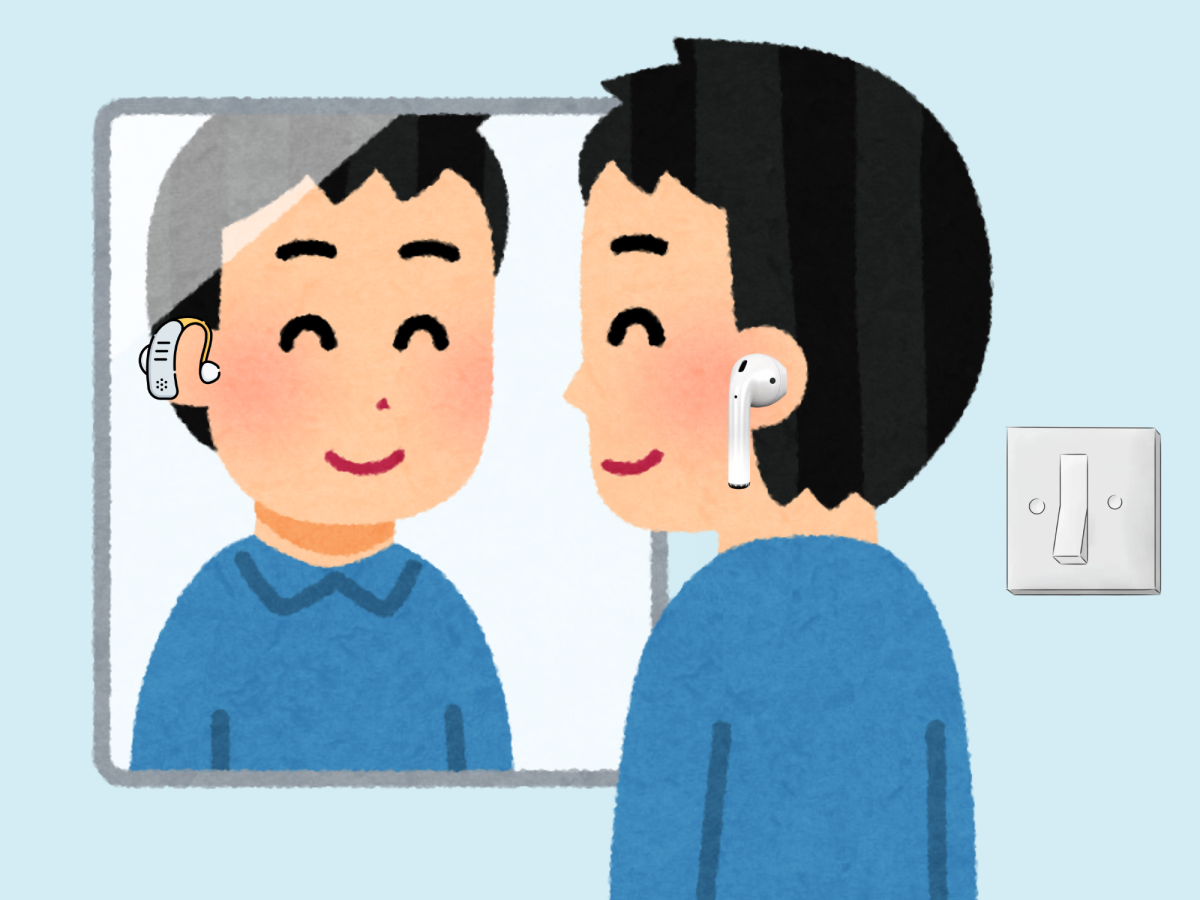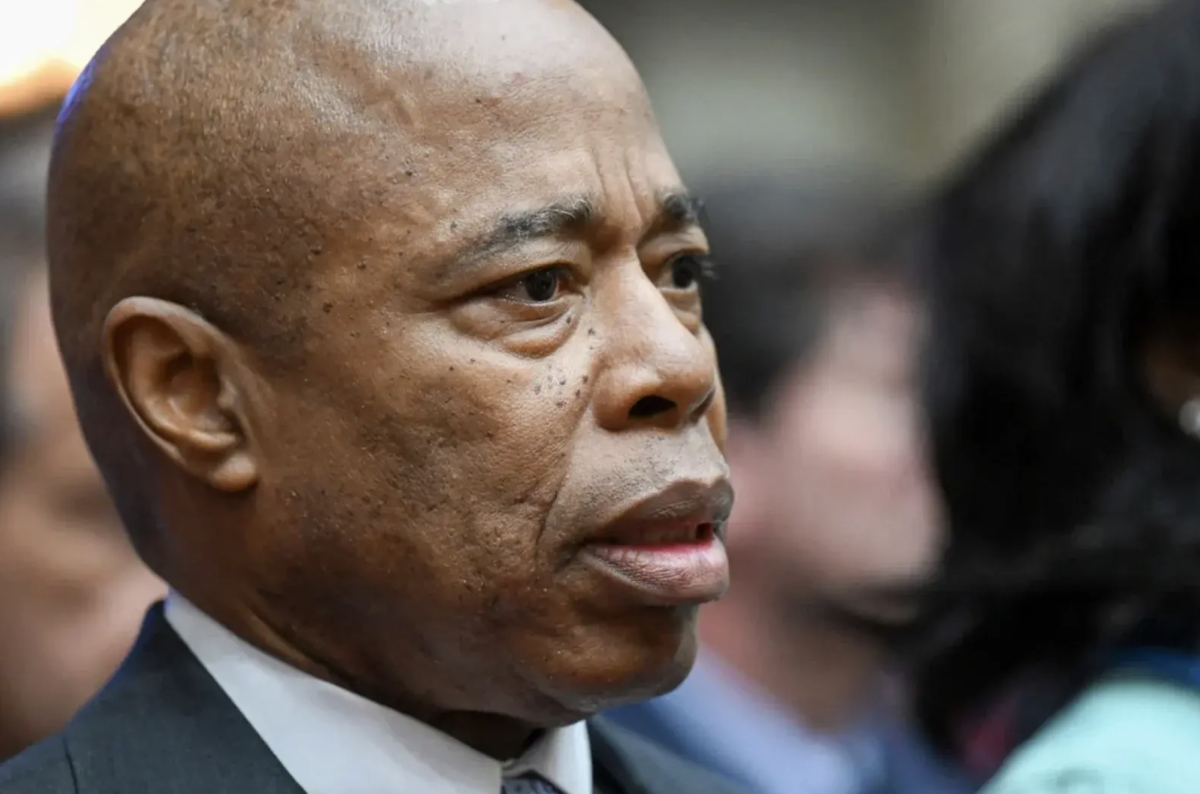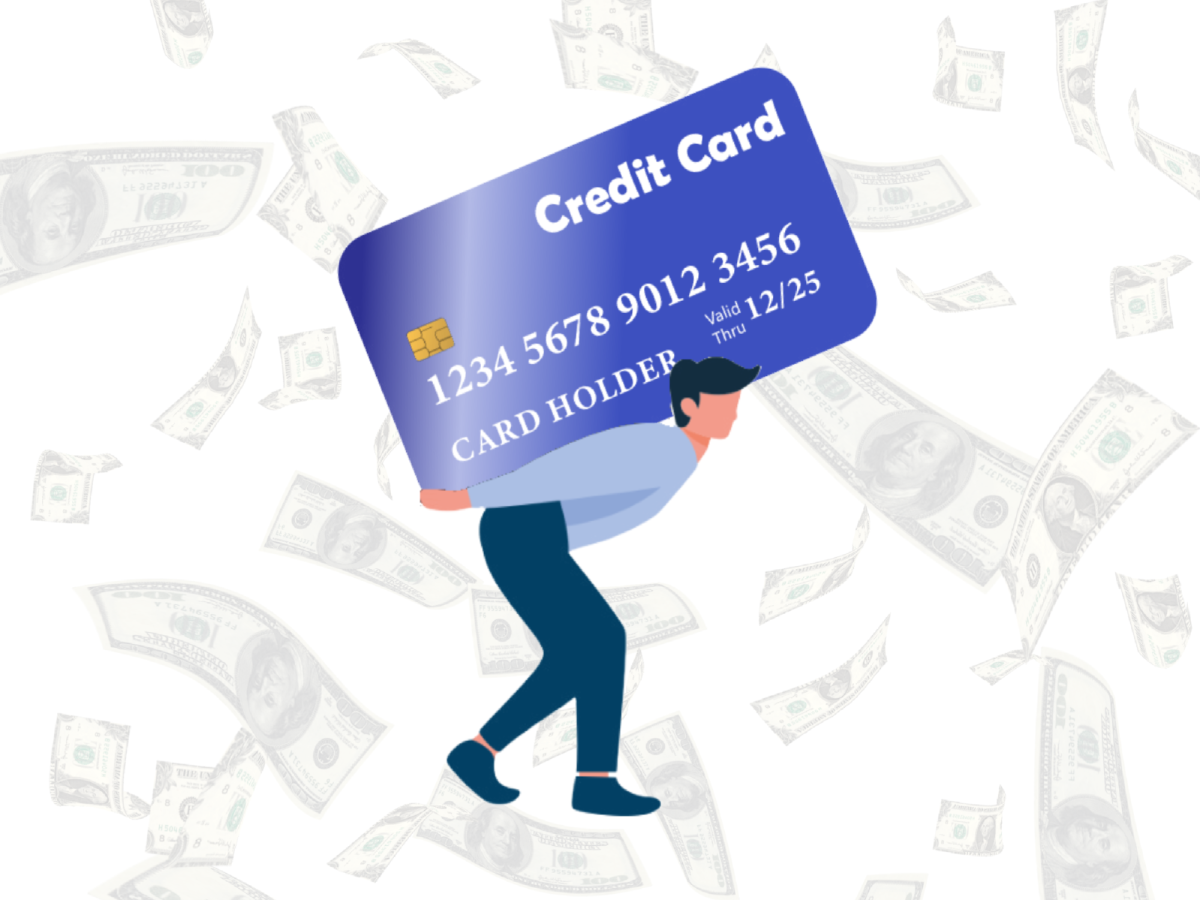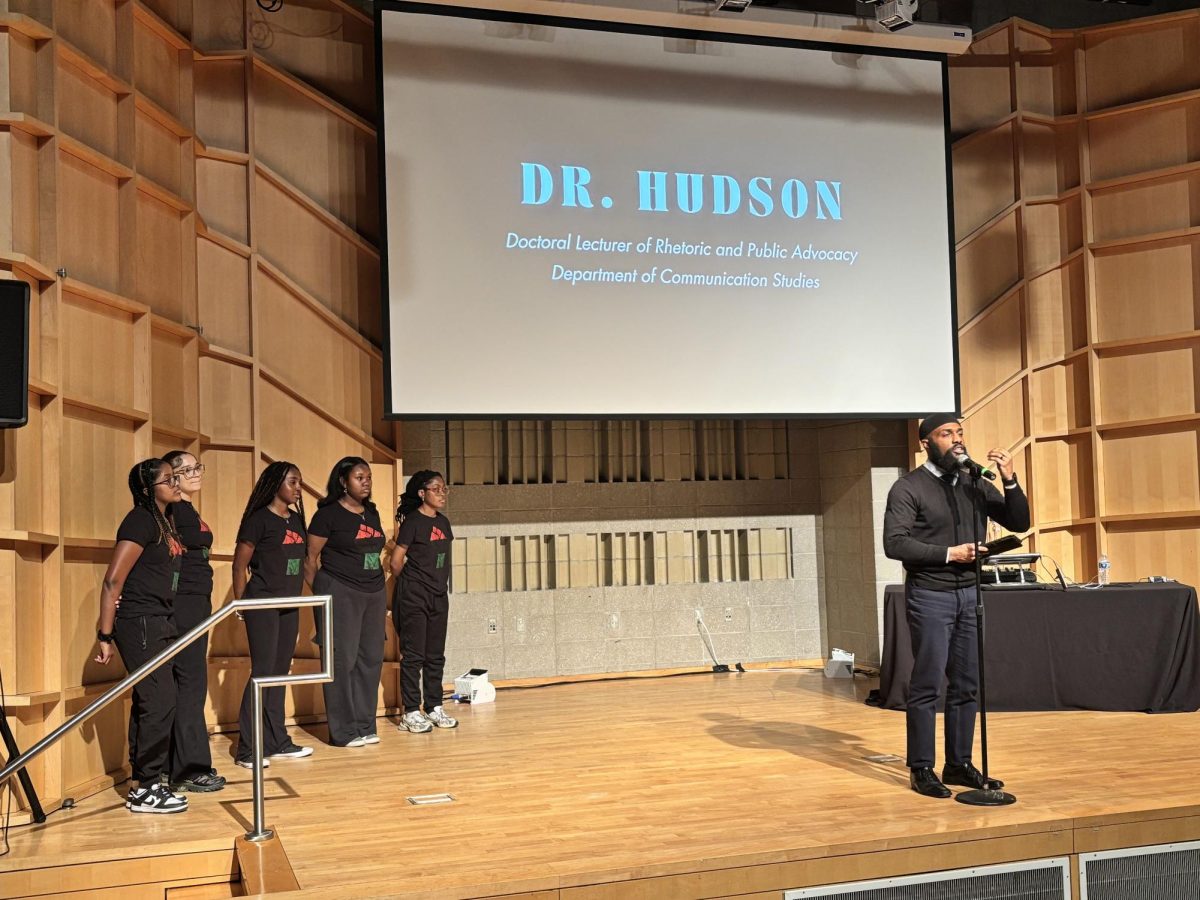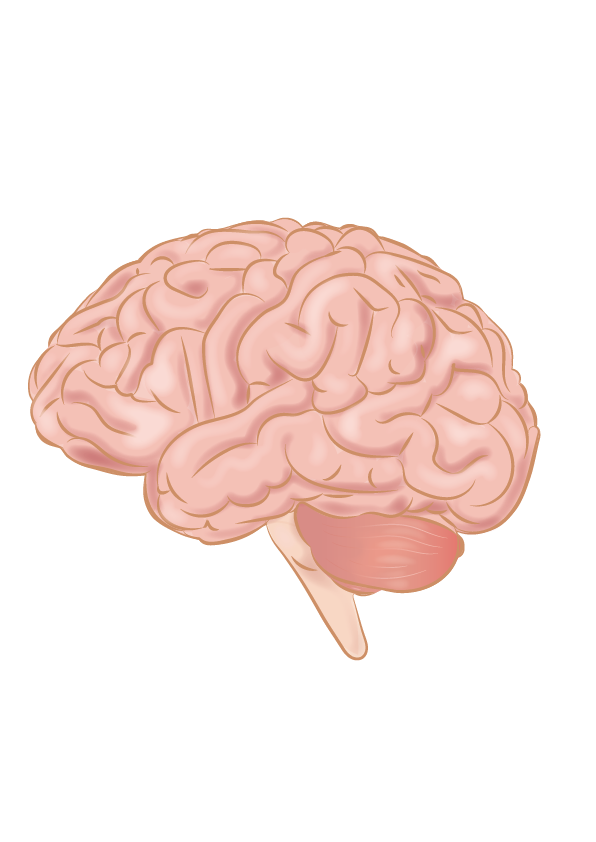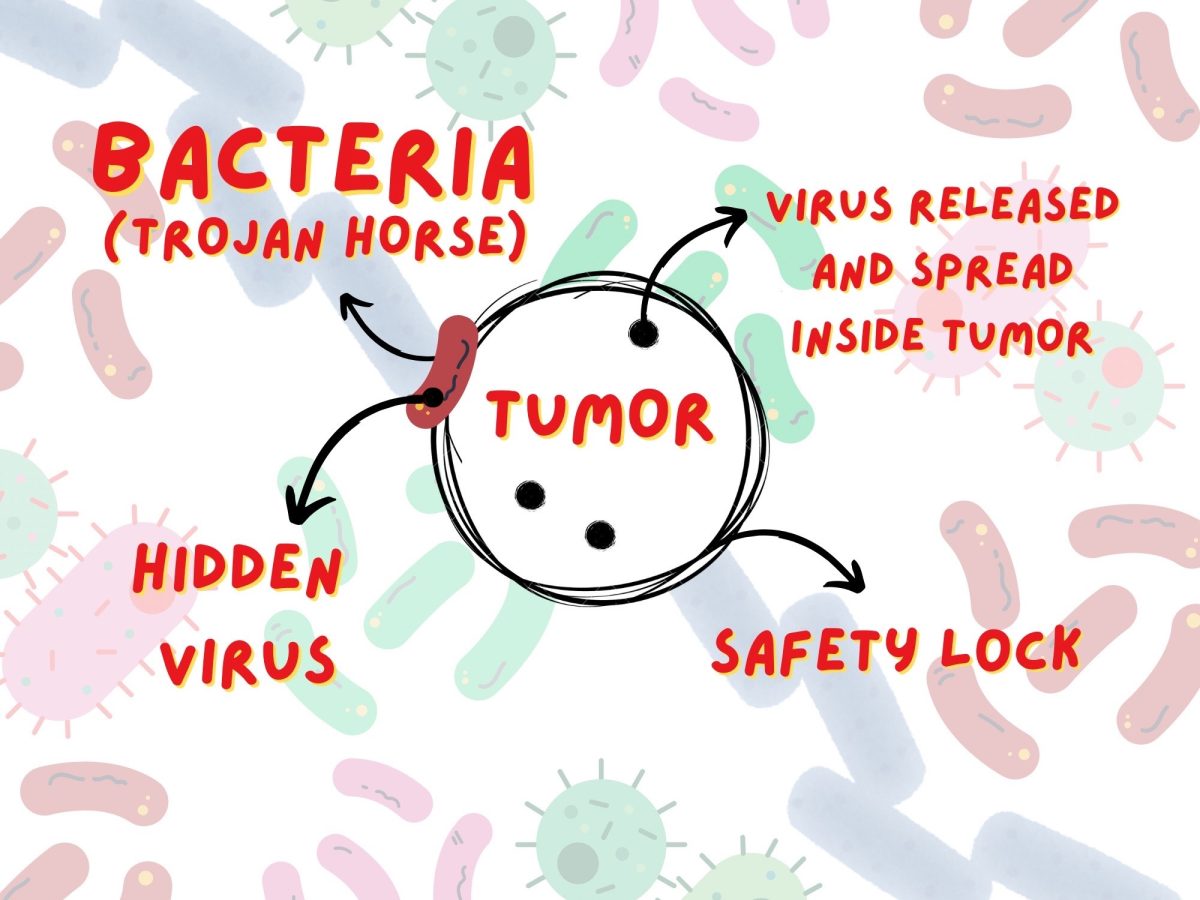Apple recently received FDA approval for its AirPods Pro 2 to function as an over the counter hearing aid. With a new software feature, these earbuds aim to assist adults with mild to moderate hearing loss, offering a discreet and affordable alternative to traditional hearing aids.
The FDA’s approval of Apple’s hearing aid feature is a key step toward improving access to hearing care.
“Hearing loss is a significant public health issue impacting millions of Americans,” Michelle Tarver, M.D., Ph.D., acting director of the Food and Drug Association’s Center for Devices and Radiological Health, said. “Today’s marketing authorization of an over-the-counter hearing aid software on a widely used consumer audio product is another step that advances the availability, accessibility and acceptability of hearing support for adults with perceived mild to moderate hearing loss.”
More than 30 million Americans report some degree of hearing loss, often caused by aging or exposure to loud noises, according to the FDA. However, less than one third of those who could benefit from hearing aids use them. Experts believe Apple Inc.’s popular AirPods could help address this issue by making hearing aids more approachable and accessible.
“We’re very excited about this,” Barbara Kelley, executive director of the Hearing Loss Association of America, said. “If this increases the conversation and puts the discussion into the mainstream, we see it as a positive.”
The AirPods Pro 2’s hearing aid feature is designed for mild to moderate hearing loss, allowing users to adjust sound levels and personalize settings via an iPhone. However, some limitations remain.
“The caveat is that people who seek hearing help don’t fall into the range of mild or moderate hearing loss,” Sreek Cherukuri, a board-certified otolaryngologist, said. “People with more severe hearing loss need something stronger.”
Battery life is another concern. AirPods Pro 2 offer about six hours of use before needing a recharge, far shorter than the multi-day battery life of prescription hearing aids. From a social standpoint, wearing AirPods could also create confusion, as they are often associated with listening to music or taking phone calls, which could lead others to assume the user is unavailable for conversation.
Nevertheless, Apple’s entry into the hearing aid market represents a significant opportunity. By leveraging its massive customer base and familiar technology, Apple is tapping into a growing market. Dr. Sumbul Desai, Apple’s vice president of health, revealed in a statement that according to the Apple Hearing Study, “ a staggering 75 percent of people diagnosed with hearing loss go untreated.”
By making hearing aids more accessible and reducing the stigma around them, Apple is helping to bring this important issue into the mainstream.
“This could ease some of that concern or stigma,” Barbara Kelley said.
While AirPods may not be a complete replacement for traditional hearing aids, they offer a promising alternative for those with mild hearing loss. Experts agree that Apple’s venture could encourage more people to seek treatment sooner, potentially preventing the worsening of hearing-related health issues.
The AirPods Pro 2, priced at $249, could disrupt the global hearing aid market valued at $13 billion.
Apple’s AirPods Pro 2 are not just another tech accessory; they represent a step toward normalizing hearing aids in everyday life while opening a new frontier in a multi-billion-dollar industry.
Apple’s AirPods update turns normal headphones into hearing aids
October 2, 2024
Credits: Karina Samiento
5
More to Discover


